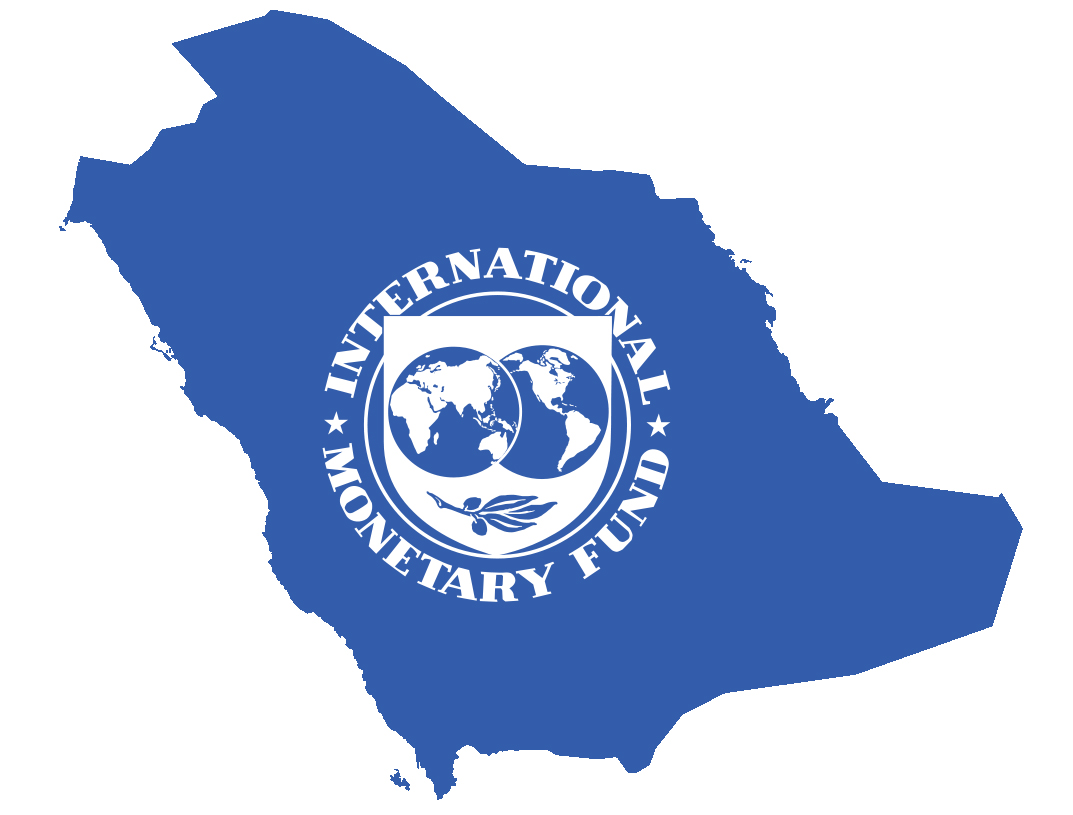Saudi Arabia’s unprecedented economic transformation is progressing well as it advanced in its modernization and diversification efforts under Vision 2030. The recent fiscal space exercise has facilitated the recalibration of investment spending planned under Vision 2030 by reprioritizing projects and through sectoral strategies.
IMF Article IV consultations are a fundamental part of the International Monetary Fund’s (IMF) surveillance activities. They involve regular, in-depth discussions between IMF staff and member countries about their economic policies and performance.
The IMF, just released its report regarding the IMF 2023 Article IV consultation with Saudi Arabia in which IMF Executive Directors, “commended Saudi Arabia for its ongoing economic transformation, underpinned by sustained efforts to diversify the economy under Vision 2030. Directors welcomed the robust non-oil economic activity, stable inflation, record-low unemployment, and ample fiscal and external buffers. They underscored the importance of maintaining fiscal prudence, safeguarding financial stability, and continuing to implement structural reforms to support sustainable and inclusive growth.”
The IMF’s release highlighted the following points regarding the Article IV consultation process:
• Oil production cuts led to an overall contraction in growth of 0.8 percent in 2023, albeit non-oil GDP grew by a robust 3.8 percent, driven mostly by private consumption and non-oil investment.
• The unemployment rate reached historic lows, with women labor force participation rates remaining comfortably above the 30 percent 2030 target. Geopolitical events have not had any major impact on the Saudi economy so far.
• Headline inflation has decelerated rapidly. After peaking at 3.4 percent in January 2023, year-on-year inflation receded to 1.6 percent in May 2024, underpinned by an appreciating nominal effective exchange rate.
• However, rents are growing at a rate of about 10 percent amid inflows of expatriate workers and large redevelopment plans in Riyadh and Jeddah. Wholesale prices have also edged up recently, reflecting higher input costs and rising wages for skilled workers.
• The current account surplus narrowed significantly to 3.2 percent of GDP in 2023, mainly reflecting lower oil exports and a strong growth in investment-related imports. These were partly mitigated by a record surplus in the services balance, including a 38 percent surge in net tourism income. Reserves remain ample, covering 15.8 months of imports and 208 percent of the IMF’s reserve adequacy metric by end-2023.
• The banking sector is on a strong footing. Stress tests performed by the Financial Sector Assessment Program (FSAP) show that banks as well as non-financial corporates are resilient to shocks, even under severe adverse scenarios.
• Non-oil growth is projected to reach 4.4 percent in the medium term after moderating in 2024, driven mostly by stronger domestic demand as project implementation picks up.
• The phase-out of oil production cuts is expected to boost overall growth to 4.7 percent in 2025, before averaging 3.7 percent per year thereafter.
• Risks to the outlook remain broadly balanced amidst high global uncertainty. On the upside, accelerated implementation of reforms and investments could yield stronger or earlier-than-expected growth dividends. Conversely, pressures to accelerate investment further could heighten overheating risks. On the downside, potential risks include slippages in the reform agenda, subdued global activity, financial market volatility, geopolitical events, and non-OPEC+ supply growth. Over the longer term, a quicker shift in the demand away from fossil fuel could hamper growth.
To read more, click here, here, here, here, here, here and here.
.









